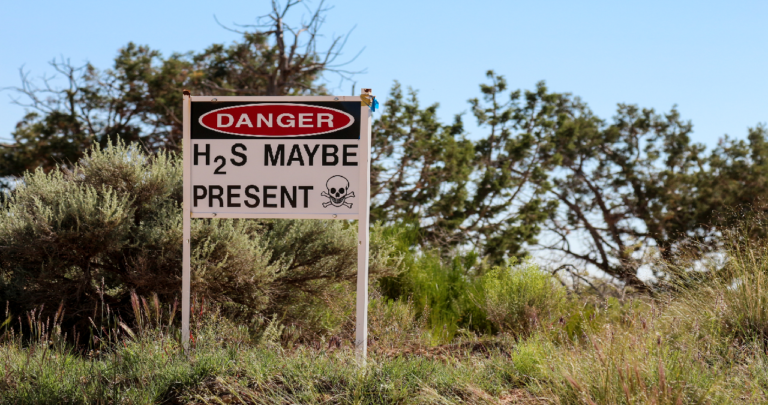Hydrogen sulfide (H2S) is a colorless and highly flammable gas, which smells like rotten eggs at low levels. On the other hand, the gas has a sweet odor at higher levels and can sometimes go undetected through smell. Hydrogen sulfide is naturally produced by decaying organic matter. It is common in oil and gas drilling and production. H2S affects the respiratory system and the neurologic system (brain) the most severely.
Common symptoms from exposure to H2S include:
- Vomiting
- Nausea
- Breathing difficulty
- Headaches
- Memory problems
- Seizures.
Are Oilfield Workers At a Higher Risk of Hydrogen Sulfide Exposure?
Exposure to high concentrations (over 500 parts per million) can result in loss of consciousness, asphyxiation, respiratory paralysis, and death. Exposure to this gas can be prevented or limited by routine inspections and maintenance, as well as, respiration protection such as self-contained breathing apparatuses (SCBA). Unfortunately, oilfield production employers often take shortcuts and fail to provide these protections for employees.
At Pringle & Herigstad, P.C., we are dedicated to helping oilfield workers who have suffered injury from hydrogen sulfide exposure by holding employers and other parties responsible, and liable, for their negligence. Our North Dakota H2S exposure lawyers understand what to look for, how to prove liability and damages, and what experts to use to support your case.
If you or a loved one has been injured due to hydrogen sulfide exposure in North Dakota, contact us today at (855) 245-5100 and request a free consultation.
